To set a starting point and the main reason I decided to make a post with this subject, I consider it important to clarify why it is important, from my point of view, develop imaginative thinking of small and what brings this on your development.
First, it is important to define what is imaginative thinking and what is.
We can say that imaginative thinking is the ability to imagine things of immediate reality through imagination and fantasy. East, It is closely related to the creative imagination and creative thinking.
During our first years of life, our mind is particularly receptive to the stimuli it receives, all our experiences will be crucial for our development, marking our personality and our way of understanding the world.
Looking back, we see that the great achievements of history have left imagination, great leaders, artists and thinkers, They have been developed and given utmost importance to creativity and imaginative thinking throughout his life.
Therefore it is very important that we help young children develop and use creativity and imagination.
To achieve this objective, We have many tools, between them, I detail these activities and then you could perform with children from age three.
Of course, these are not the only activities or games that can make with the kids, there are many variations that you can include, you know: "The limit is your imagination".
We start?
1. Painting with sticks.
The finger paints and temperas are two of the most loved by the kids house materials. These materials allow them to express themselves using their bodies, which would also, helps them internalize what they are learning.
With finger paint, You can practice stroke of numbers and letters, write your name, or just let the child express freely. The same applies if you use watercolors with brush.
But if what you want is to innovate, You can use sticks to paint. The advantage of the rods do not accumulate as much paint as a finger or brush, making the stroke is much more accurate.
What are you waiting for testing? Sure the kids will love the idea 🙂
2. Music for painting.
There are many theories that try direct relationship between music and creativity development. Undoubtedly, the music takes us to unique places, It conveys emotions and even has the ability to change our moods.
If music is able to do all this, and considering that the paint is one of the primary forms of human expression, Why not unite both arts activities with the kids?
You can put different kinds of music to children and ask them to draw what music they are listening transmits. Using classical to rock and see how they vary the kind of representations and drawings by young. Further, your children begin to ask you certain types of music and go creating their own musical culture.
¡Dadle al “play!
3. A, of, three, Action!
To understand the importance of activities as we will see below, I consider it important to mention the theory developed by Edgar Dale [1], on how they affect our learning experiences, and he represented in his famous Cone Cone learning or experience that you see below.
As you can see, what we remember and what better really mark our learning, It is something that we have experienced directly and we have experienced. Therefore, learning a language, for example, we can make plays and shares what we want children to learn.
Make representations with the kids is a great way to learn, and more importantly, to retain the concepts we are working. Further, It is one of the best ways to get their attention. We can not expect children 4 years simply remain seated for half an hour listening to the lesson we want to learn, It is unrealistic.
To make these representations can you make masks. This is also a good way to develop your imaginative thinking and creativity. It is also super simple, you need only one cardboard and rubber, the rest is a little imagination. Another option is to use paper bags, but paper, Not plastic! You can paint with finger paint, we have said what they love children and this material can always finish decorating the mask with materials like cotton, wool to simulate hair, etc.
What are you waiting? Action!!
4. Dioramas.
It is indisputable, the plastic and crafts activities do you most like the kids in the house. We have seen several ways to perform this activity and then you wont, have another very original and fun.
A diorama is nothing but a type of model that shows human figures, vehicles, animals and even imaginary beings in a specific time or scene.
You can make a diorama of the stories are accustomed to reading with your children. Ask them what is your favorite scene and why, in this way we are promoting communication and language. Once you have described this scene, Decide between how you are going to represent, how and what materials you are going to use.
You can use a shoebox, Graffiti box inside and outside. If for example you have decided to depict a scene of Cinderella you can use twigs of trees to make the broom, Cotton clouds, cuts to the characters, etc.
5. Designers for a day.
One of the things I liked to do was dyed shirts small 🙂 There is nothing better how to design your own clothes and then to clothe.
This activity can be done in different ways, I will comment two of them.
On the one hand, You can dye shirts, this is very easy, all you need is a white shirt, dye that can be bought at any drugstore and a bowl.
Fill the bowl of water, diluid dye and rubber coffin to the shirt depending on where you please remaining stripes. Sumergid the shirt in the water and leave it with the dye indicated time. When you quitéis you will see how the tires have been dyed stripes and shirt. Amazing! They think your children.
Another way is to design your own shirts with crayons. With young children, they can simply put your name, waxes entering with t. With older you can choose a poem or phrase to decorate. All you have to do is press the wax strong against the shirt and then ironed with a hot iron.
The truquillos: if you wash the shirt in cold water last longer text and if the wax sticks to the plate, limpiadla when it is still hot.
You will see that fashion!
6. Separate email.
A very simple activity but it can be very instructive for kids is to separate the mail that arrives home.
With this activity you will achieve several goals simultaneously. On the one hand, encourage your child to read and differentiate the names of family members, written at addresses. In second place, you are teaching him the types of emails that are. Y, further, asking that believes in putting cards, we will be generating interesting conversations encouraging communication with the small.
What will you call it junk mail for collages and even for activities such as the diorama we have seen before.
7. ¡A dormir!
We have already discussed in previous post, the importance of reading to encourage and promote the language of children, but, What if that book you've written and drawn us?
Ask your child to draw those actions taken before bedtime, brush your teeth, read a story, etc. Place the drawings accompany sequentially and a small text written by you. You can place this "story" in a conspicuous place in the small room, and review it together before you go to sleep.
With this activity you are getting several targets simultaneously.
First, He is made small representations and drawings, something that helps develop their creativity and express. At the same time, you are establishing a routine when you go to sleep, this will be of great help to those parents who have problems in their children bedtime. Plus, when we are asking you to tell us what is what is shown in the drawings, we are promoting their language and expression.
8. Guess, riddle!
We've all had a small book of riddles and sure we all remember how we played with our parents. What if you make your own book of riddles?
It's as easy as: write on a page and the next riddle answers. You can also do this with cards, by putting aside guessing and on the other the response that can be represented with an illustration or photo, It does not have to be text.
At first you can give you clues to your son for him to guess, but then play it he who shall tracks to you. You have to use much imagination to think of the right tracks at the same time we will be promoting their language.
9. Your own comic.
Before creating your own comic, Interestingly you dig out some comics published.
Explain to your child what symbols used to indicate what the characters think and say: a question mark (¿) to show confusion, ¡Sssshhhhh! means that the person requesting silence, etc. Comics Explicadle that what the character thinks or says is written in snacks.
Once you've seen, You can start your own comic. With very young children it is sufficient to one page, with the highest you can perform multiple pages. Note that the smaller, They need more space to make their representations.
Once the comic terminéis, ask your child to tell you the story. Sure you will have a great!
10. Collecting postcards.
A very simple activity and also work with various skills while, is collecting postcards.
Keep that going collecting postcards in a box, You can save artwork postcards, paintings and sculptures from museums and cities have visited. You can also ask your friends and family that will help expand the collection.
This collection will serve you both enjoy beautiful sculptures and art performances, to establish a starting point for interesting conversations, ask the child to represent its way a certain box, those with older children, You can ask them to make a story about what inspires them certain work, etc.
If you want to keep the attention of small, it is important that this collection has works of interest to your child, not only to you. So that it is even himself who asks performing this activity.
I hope these activities are interesting, but above all, are interesting to your children. As always, I say, The limit you put it you!
Thanks for your time.
Kisses to all.
"Creativity as you learn to read learn".
Ken Robinson
[1] Edgar Dale (27 April 1900 – 8 March 1985) It was an American educator, He is known for its famous cone experience. He made many contributions to the visual and auditory instruction, including a methodology for analyzing the content of films.
Tags: activities, Cone experience, Cone learning, creativity development, Games, imaginative thinking

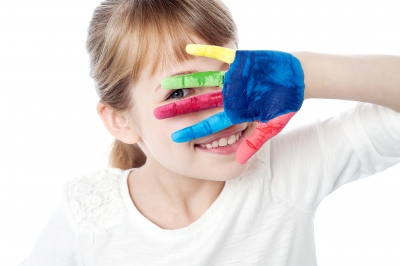
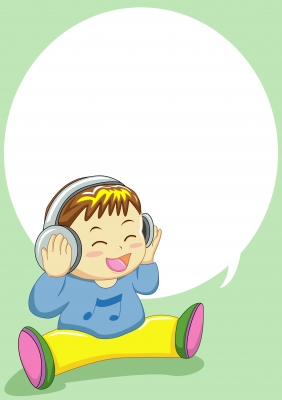
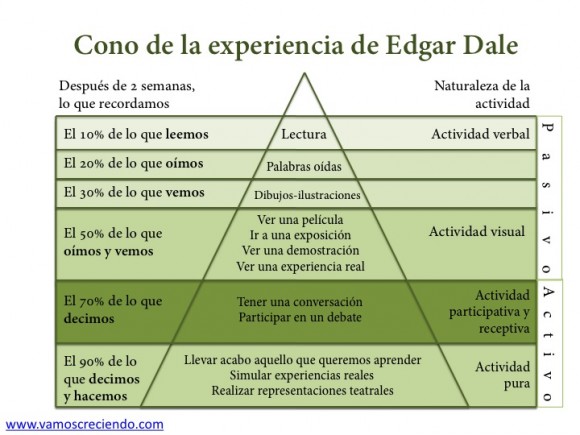
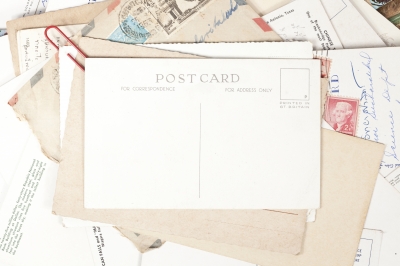
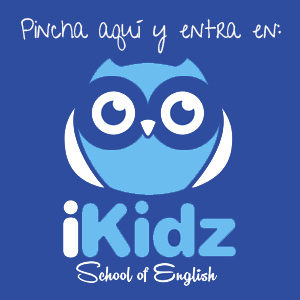
 Español
Español English
English Français
Français Deutsch
Deutsch 中文(简体)
中文(简体) Português
Português

Very interesting post, ideas very original and entertaining 🙂
Thanks Eduardo! 🙂
I hope you continue finding interesting information on the web. A hug